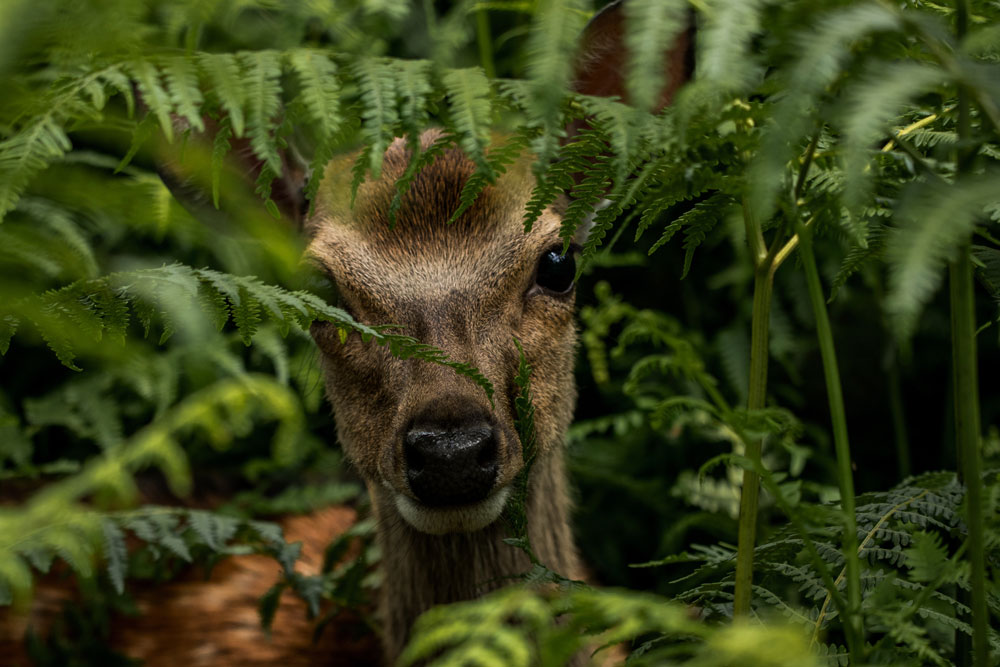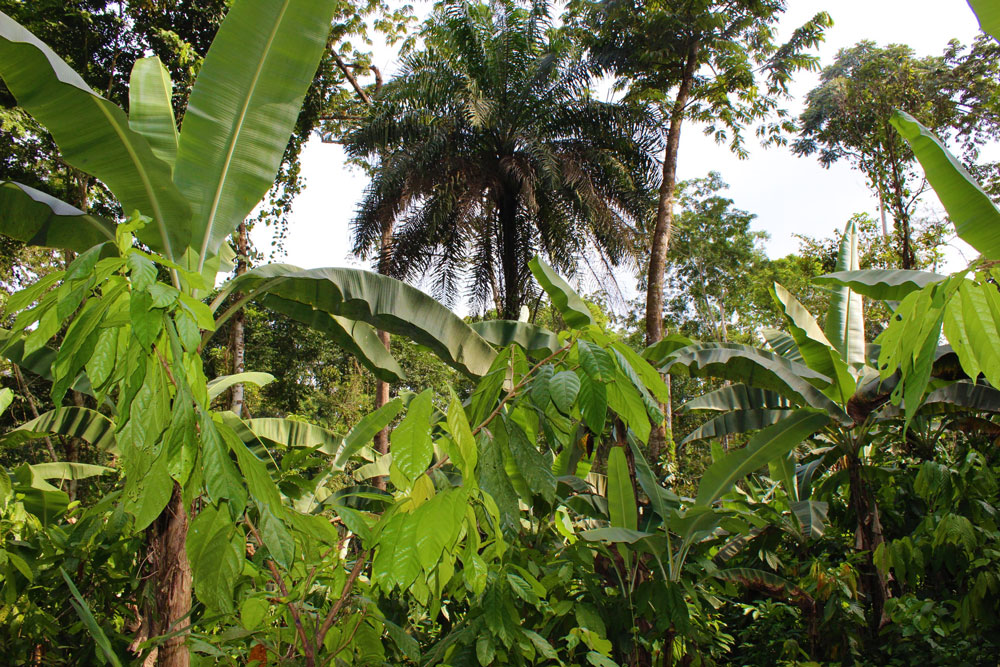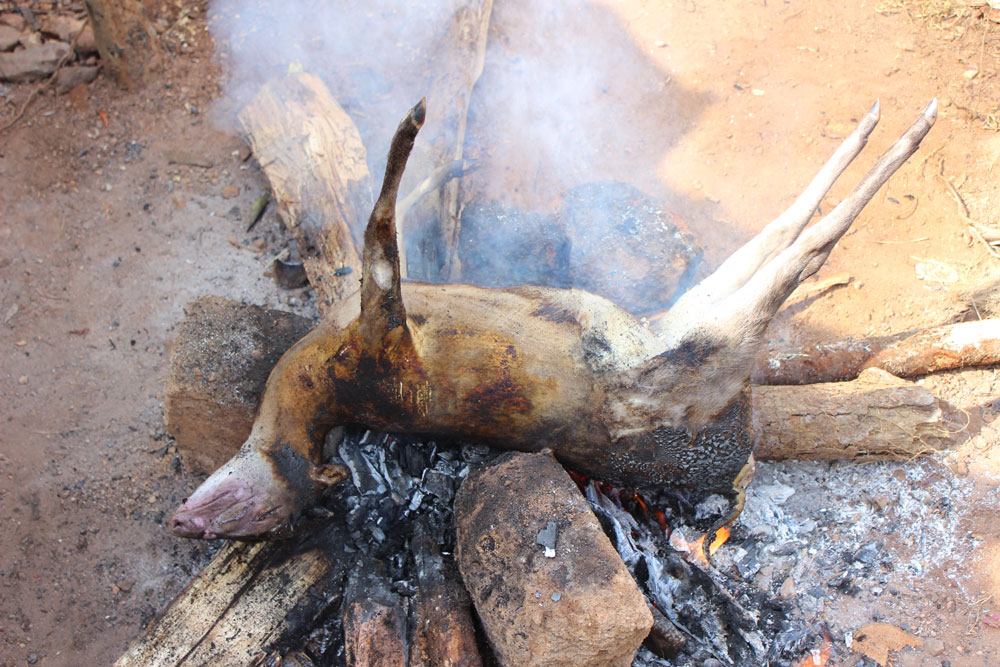This year’s gathering of scientists, practitioners and agroforesters in Montpellier happened against the backdrop of the striking outcomes of the IPBES assessment. The landmark report on the global state of biodiversity concluded that nature and its life support systems as well as its capacity to contribute to human well-being are degrading in every region of the world.
Farming and food production hold the steering wheel of these changes. At the same time, smart and nature caring farming, like agroforestry, is often listed among biodiversity boosters. However, while agroforestry is undeniably better than monoculture, its effects on wildlife and biodiversity require more attention and exploration.
Agroforestry, an agricultural technique of growing food crops and trees on the same land, has been labeled as “the future of agriculture”. When done in harmony with local realities the method can improve soil health and carbon storage, reduce the need for fertilizers and pesticides, provide farmers with various streams of revenue and help them to be more resilient to weather extremes or pests.
Inspired by nature, agroforestry mimics the complexity of natural ecosystems while providing nutritious food (fruits, nuts and vegetables), ingredients for medicine and cosmetics, as well as timber for construction. Often, these plants also embody cultural identity and aesthetic values.
Agroforestry applications range from very simple, like rows of trees in fields of cereal crops or pastures, to very complex, such as analogue forests and homegardens that can harbor several dozen different species.


